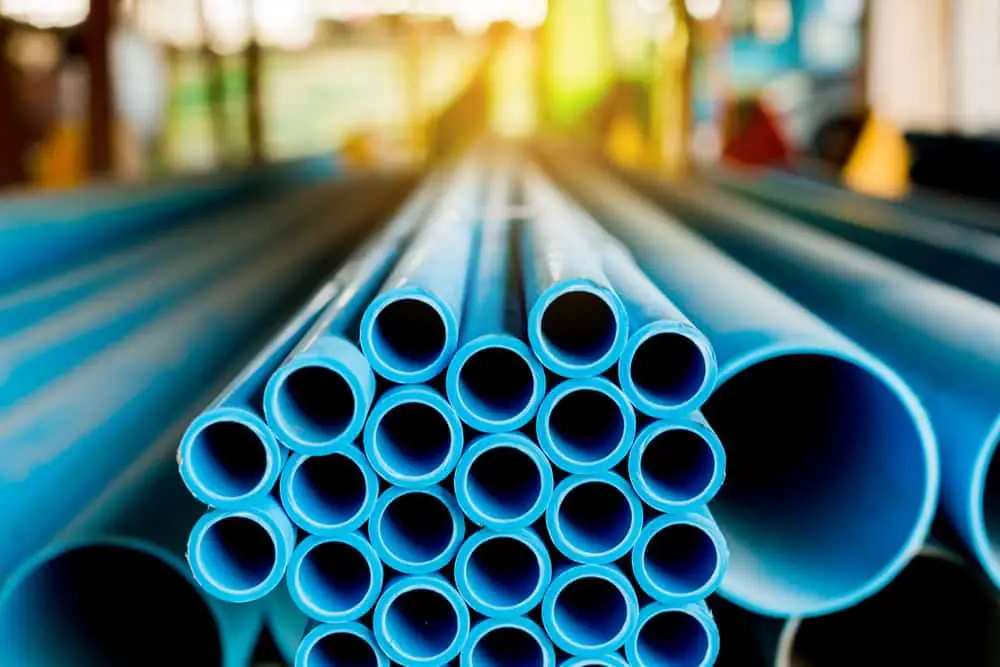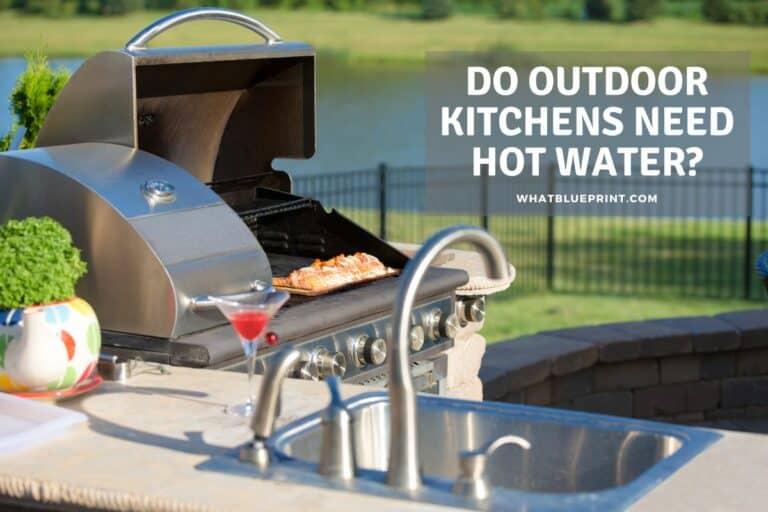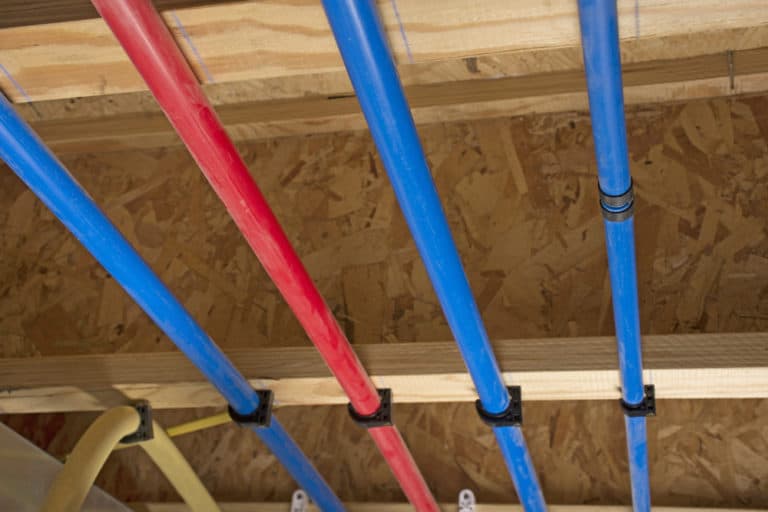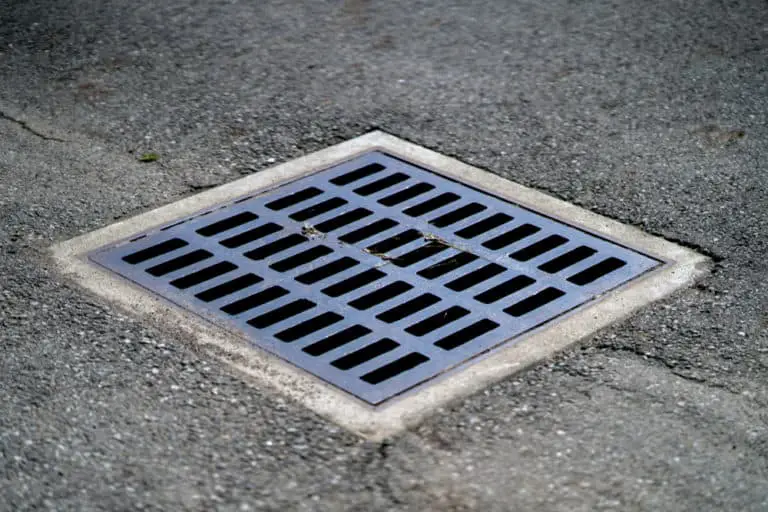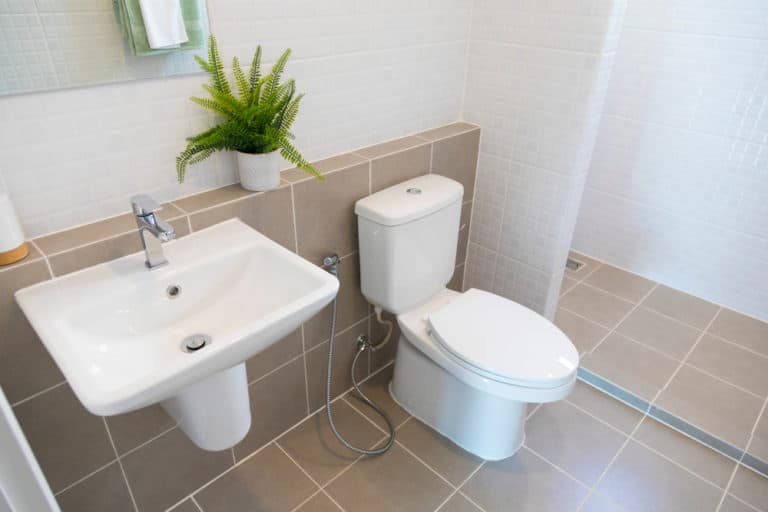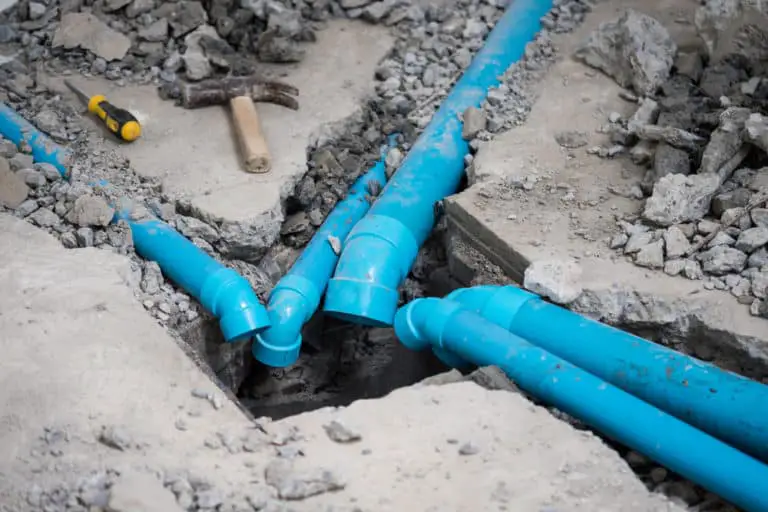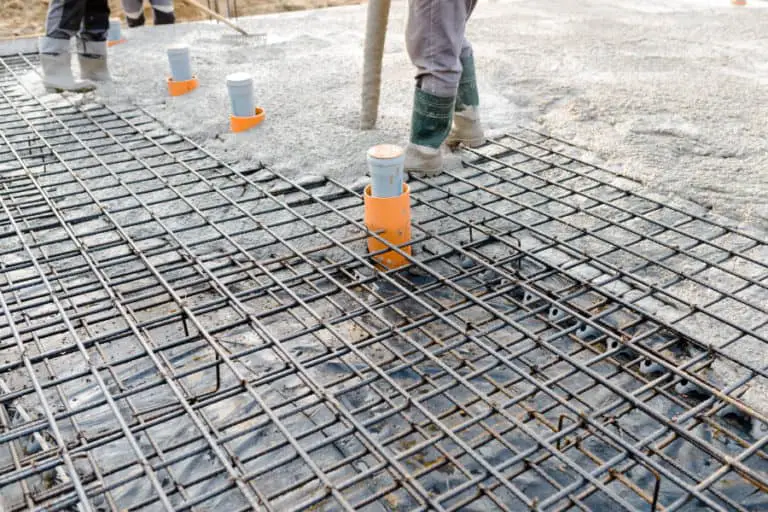Is PVC A Safe Choice For Your Plumbing?
Plumbing can be a challenging and overwhelming task, especially when it comes to selecting suitable pipes. While copper has been the primary piping material for the last 70 years, there are currently several piping options for residential plumbing. In particular, polyvinyl chloride pipes have become a common alternative and replaced metal piping.
PVC pipes are safe for transportation of drinking water due to their resistance to resistance to corrosion and a high degree of inertness. They, therefore, contain no bio-film contamination, which can lead to the growth of bacteria.
Natural PVC is rigid and brittle, and when combined with additives plasticizers, it becomes more malleable and resistant. It is this flexibility, strength, and durability, which make PVC the most common piping material.
What Are Polyvinyl Chloride Pipes?
PVC or polyvinyl chloride is a chlorinated hydrocarbon polymer used across a broad range of applications, including electrical/electronic, building, transportation, packaging, and healthcare.
They are used in several applications, including offering drainage solutions, transportation of drinking water, and advanced fire-sprinkler systems, to name a few.
PVC and Additives
PVC is usually mixed with several special additives that change several features like weather fastness, mechanical properties, and color in a process called compounding. PVC is a highly versatile polymer thanks to its compatibility with many different kinds of additives. Below are common additives used in PVC:
1. Heat stabilizers
All PVCs are mixed with heat stabilizers to protect them from decomposing when subjected to high heat and shear during manufacturing. Due to their high heat resistance levels, they boost PVC’s ability to withstand daylight and heating when in use.
The type of heat stabilizer largely depends on the technical requirements of the final PVC product, the cost, and the regulatory approval.
2. Lubricants
Lubricants are added to PVC to reduce friction during processing. Internal lubricants reduce friction between PVC granules, while external lubricants reduce friction between the PVC and the manufacturing equipment.
3. Plasticizers
A plasticizer is added to PVC to make it more resilient, flexible, and easier to handle. The choice of the plasticizer is determined by the final product and its application. Phthalate is the most common plasticizer available.
Phthalate plasticizers are found in many products used in everyday life, including toys, stationery, packaging, electrical cables, footwear, and medical devices, to name a few.
There are also specialty plasticizers like citrates, adipates, trimeliltates, and benzoates that are added in PVC to achieve certain physical properties like increased flexibility and heat resistance.
Other plumbing options
In addition to PVC and CPVC, there are multiple other plumbing materials. Other plumbing materials used include:
- Chlorinated polyvinyl chloride (CPVC)
- Cross-linked polyethylene (PEX).
- Copper
- Galvanized steel
Chlorinated polyvinyl chloride (CPVC)
While CPVC (chlorinated poly (vinyl chloride) is very similar to PVC, the two should not be confused for each other nor used interchangeably. Like PVC, CPVC is a strong and rigid thermoplastic material that can be molded into various shapes. However, CPVC has more chlorine compared to PVC and is also very strong. CPVC is made through a free radical chlorination reaction that increases the chlorine content of the final product beyond that of PVC.
CPVC is highly immune to damage caused by highly chlorinated water and can withstand higher temperatures compared to PVC.
Many building codes in the US require the use of CPVC instead of PVC due to the former’s resilience to high temperatures. CPVC can also be used in all application that requires the use of copper. However, CPVC is much preferred compared to copper due to a number of reasons. The smooth interior of CPVC means that the water flows smoothly through the plumbing system.
Moreover, CPVC is more flexible than metal, extremely fire resistant, and well insulated to prevent energy loss. Common applications include:
- Drinking water delivery
- Hot water delivery
- Waste and water disposal pipes
- Hot water drains
Cross-linked polyethylene (PEX)
PEX is a flexible plastic material made from medium- or high-density polyethylene. Due to its high flexibility, PEX pipes can bend around corners and easily be snaked through your home.
PEX can expand and contract faster than CPVC, which makes it ideal for use in freezing conditions. You also don’t need to glue to stick multiple PEX sections together, making installation much easier and faster.
PEX piping has been used for hydronic radiant heating and in hot- and cold-water distribution systems in Europe for decades. It is also preferred for remodeling projects due to its high flexibility, making it easy to bend around the walls.
PEX can be connected using compression or stab-in fittings and can even be sliced into other pipes, making them ideal for retrofits and additions.
Common applications of PEX include:
- Radiant floor heating applications
- Water distribution for hot water applications
- Heat transfer applications
- Residential fire/sprinkler systems
High-Density Polybutylene Pipes
Also known as HDPE pipes, High-Density Polybutylene pipes are some of the most common underground piping materials. They are also used in multiple plumbing activities thanks to their durability, versatility, and ability to resist corrosion.
Some codes require the use of HDPE instead of PVC in many underground piping systems. HDPE pipes are also very flexible and require fewer joints during installation. The flexibility also makes HDPE pipe easy to handle during installation compared to other brittle polymers.
HDPE pipes have been used for decades, mainly in non-potable water applications. They have welded joints which eliminates the need for separate fittings, which usually increases the rate of leaks and contaminant infiltration.
Copper
Copper is one of the most traditional plumbing materials, having been in use since the 1960s. It is used in many applications thanks to its durability, heat, and corrosion resistance. Copper pipes come in two main types;
- Rigid Copper – it is also called hard copper and is used to supply water around a building.
- Flexible Copper Tubing – this is soft, flexible, and malleable copper used for short-term applications. It is mainly used in areas where space is limited, and there is a need for a flexible piping system.
Copper does not release particles in water, making it a perfect piping solution for drinking water. Its main drawback is its cost. It is one of the most expensive piping materials and is always at a high risk of vandalism.
Main applications of copper pipes include:
- Underground service lines
- Other applications that require a tight seal
- Refrigerant lines for HVAC systems
- Hot and cold drinking water supply
Galvanized steel
Galvanized piping is steel or iron piping that has been coated with zinc to prevent rusting. These pipes have been used in residential plumbing for decades and are mainly used to transport water as gas causes erosion.
While piping and plumbing are the most common applications, the galvanized metal is also used in several other applications, including construction. The main advantage of the use of galvanized steel is its anti-rust and long-lasting features. Its applications include;
- Underground applications
- Outdoor applications
- Water supply lines
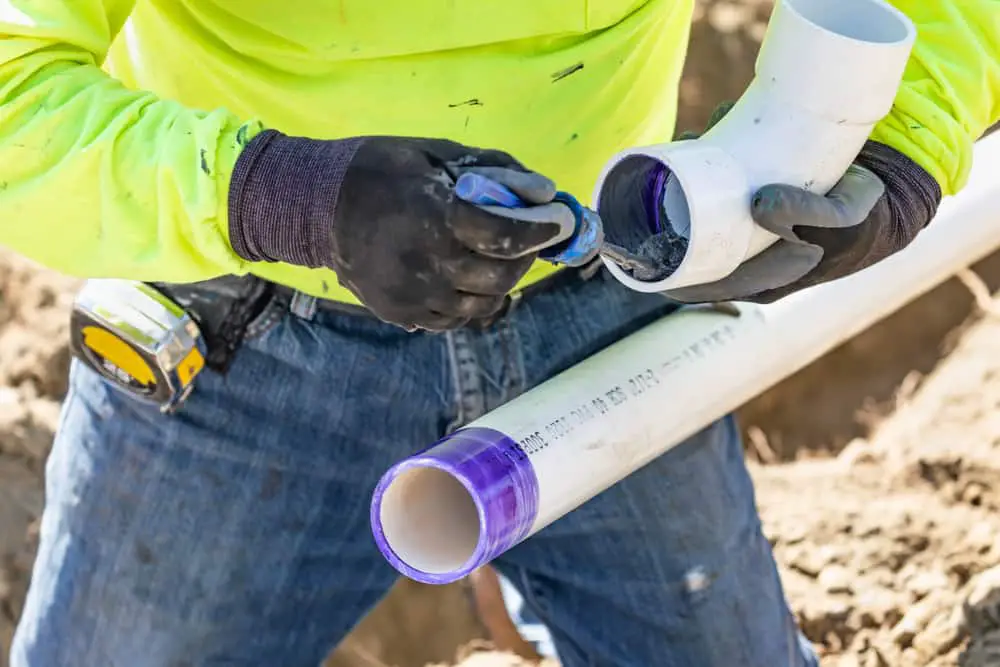
Main PVC Applications
PVC is highly versatile, which makes it applicable in many areas, including drainage pipes, window frames, medical devices, and cable and wire insulation, among others. Main applications of PVC include:
Construction
PVC is a common product in many construction products due to its strength, durability, lightweight, and versatility. It has excellent electrical insulation and flame retardant properties that make it ideal for cabling.
PVC comes in several colors and effects and can be used as an alternative to traditional wood frames. Common PVC applications in construction include:
- Pipes and fittings
- Window and door profiles
- Cable and services ducting
- Flooring
- Internal and external cladding
Healthcare
PVC is used in several healthcare and life-saving products used in surgery, drug delivery, pharmaceuticals, and medical packaging. PVC healthcare products include:
- Blood vessels for artificial kidneys
- Blood and plasma transfusion sets
- Endotracheal tubing
- Catheters and cannulae
- Overshoes
Electronics
PVC has been used for cable insulation, having replaced rubber during the Second World War. It still remains a common insulation material due to its flexibility, flame retardation, and ease of handling in installation.
PVC cables are flexible and don’t harden or crack as they age. They are therefore used in many telecommunication functions.
Automotive
PVC is a strong and high-performance product making ideal for the automobile industry. PVC is a common component in shock absorbers used in motor vehicles and helps to reduce injury during impact. Life-saving airbags also use PVC-coated fabrics with fire retardant properties that contribute to the vehicle’s safety.
Advantages of PVC
PVC has many applications thanks to its strength, durability, and versatility. It has several unique features that make it ideal for many functions. Below are advantages of using PVC;
PVC pipes are safe
PVC has a high degree of inertness and resistance to corrosion, making them safe for the transportation of drinking water. There are therefore free from bio-film contamination that can cause the growth of bacteria.
PVC is the most common plumbing material in residential homes due to its safety, versatility, and affordability. In addition to being safe from water contamination, they are durable and do not require regular repair or replacement. It is also easy to install as it does not require metalwork and welding.
PVC pipes are durable & cost-efficient
Underground PVC pipes have an expected lifespan of more than 100 years, with the first PVC piping systems installed 80 years ago still in use today.
PVC pipes are less prone to breakdowns and repair compared to other materials. They are also cost-efficient when compared to their lifespan. They are relatively low on the cost of purchase, installation, operation, and maintenance. PVC pipes have higher resistance to stressful conditions compared to other piping materials
PVC Pipes are Environmentally Sustainable
PVC is a low-carbon plastic and offers several advantages to the environment compared to other materials. With growing calls to environmental conservation and climate change, emphasis has shifted towards the use of sustainable materials.
Due to its malleability, PVC requires less energy to heat and fewer resources to produce. It is also low-weight making its transportation easier and less energy-consuming to move from one place to another.
PVC pipes are long-lasting and recyclable, which further talks to their environmental sustainability. The pipes are ultra-smooth on the inside, which reduces any resistance to water flow and reduces the cost of pumping and the amount of energy used.
PVC Pipes are Recyclable
PVC pipes can be recycled several times without losing their physical and technical properties. Being a thermoplastic product, PVC is easy to reground, pulverize, and reform into new products.
There are majorly two ways of recycling PVC – mechanical recycling and feedstock recycling. In mechanical recycling, the waste PVC products are ground into small forms before being melted into mouldable products. The hot paste is then remodeled into actual products.
In feedback recycling, the PVC waste goes through several chemical reactions meant to extract the chemicals added during manufacturing. The chemicals extracted include calcium chloride and others, which are then used as raw materials to manufacture other items. Mechanical recycling is the most common and preferred form of PVC recycling as it does not lead to the disintegration of the chemical components of the PVC products.
Disadvantages of PVC
Although PVC has versatile features that make it applicable in many areas, it also has limitations. Below are the disadvantages of using PVC;
Heat Constraints
PVC may not be usable in many heating applications due to the low maximum temperature ratings. PVC has a maximum temperature rating of 140F, which can limit its application that requires higher temperatures.
Costs
The cost of manufacturing PVC is very high, which their application, especially in large building projects expensive. The price difference may be negligible for smaller projects but can be a big cost factor when dealing with large projects. Additionally, it is possible to overlook the price difference if the long-term advantages of PVC are factored in.
Heavy
PVC is heavy compared to metal ductwork which is very lightweight. PVC products are therefore heavier compared to similar products made from metals. This limits its use in design and construction processes. It also complicates the process of installation due to the high cost of transportation and labor.
Cross Application
Before opting to use PVC, it is important to consider the fact that they cannot be replaced by metals later if needed. It may therefore be difficult to simply upgrade your plumbing system if PVC was used as the primary plumbing material. This may, in turn, affect future repairs, maintenance, and upgrades.
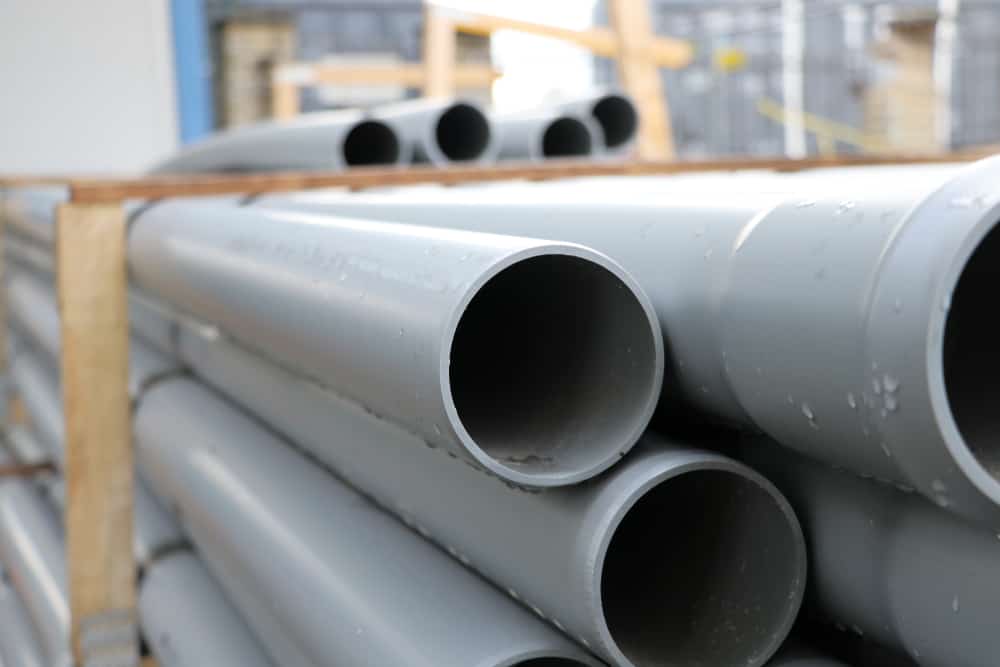
PVC and Sustainability
Compared to other thermoplastics that are made from salt and oil, several PVCs are coming up that do not have oil as a component. This makes PVC less oil-dependent, highly durable, and energy-efficient. It is, therefore, an effective raw material in many manufacturing processes.
There are two main features of PVC that make it friendly to the environment – they are easily recyclable and are inherently non-flammable compared to other thermoplastics.
PVC has low flammability and releases less chlorine content when burnt. In terms of burning, PVC also self-extinguishes well even when the heating source is withdrawn. Materials made of PVC are also highly fire retardant and can withstand high temperatures. PVC’s ability to resist burning depends on the amount and type of plasticizer added.
Due to the low level of flammability, those using PVCs in heat and high temperatures are at low risk of inhaling harmful gases that may lead to life-threatening complications. Furthermore, it reduces the number of toxic gases released into the environment.
Conclusion
PVCs piping has been around for a long time thanks to many advantages of PVC compared to other thermoplastics. They are used in many residential, commercial, and industrial applications due to their toughness, strength, longevity, safety to human life, and sustainability.
Common applications include drainage systems, vent systems, and cold water systems, among others.

